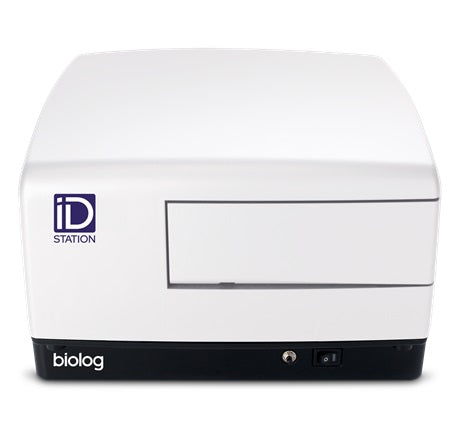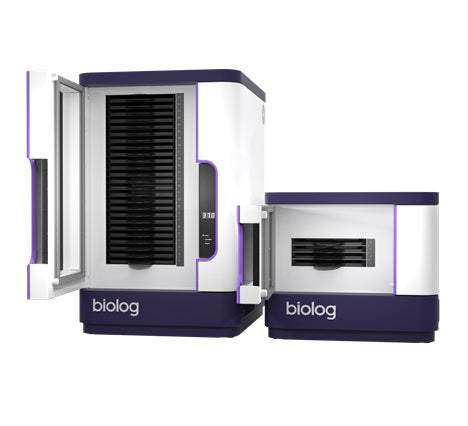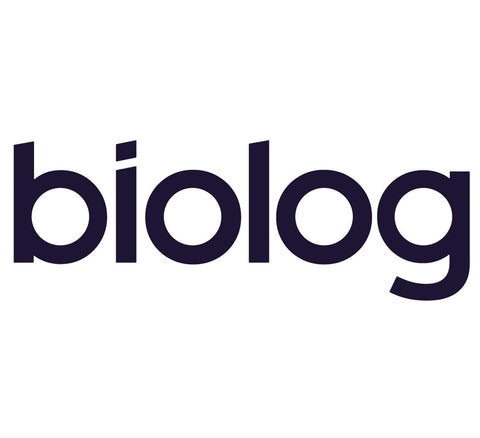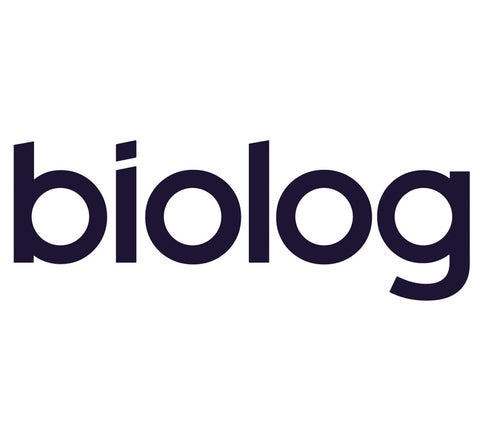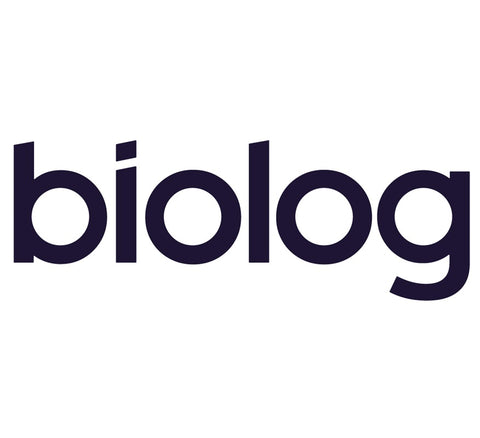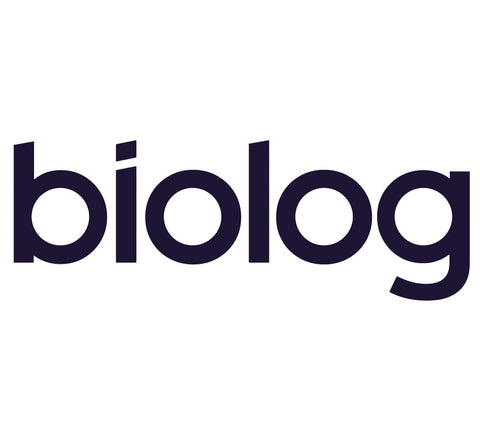ID Station - Microbial Identification System
Supplied By: Biolog, USA
Rs. 0.00
Introduction
The ID Station™ system, together with our identification microplates, can identify a wide range of environmental and pathogenic organisms across diverse fields of microbiology.

How it Works
The ID Station™ system identifies a wide range of environmental and pathogenic organisms across diverse fields of microbiology. Nearly 3,000 species of bacteria, yeast and filamentous fungi can be identified by using Biolog’sidentification microplates (GEN III, AN, YT, or FF) and database. Some bacteria can be identified in as little as 1 hour. Just prepare a cell suspension and inoculate the appropriate microplate.
After inoculation and incubation, the microplate is placed into the ID Station for analysis. The unique metabolic pattern generated by the organism is recorded and compared to thousands of identification profiles in the Biolog database. The instrument takes optical density readings at two wavelengths to quantify color reactions consistently and accurately in the microplate wells.
Biolog’s patented redox chemistry makes use of different carbon compounds including sugars, carboxylic acids, amino acids, and peptides to provide an unparalleled wealth of discriminating biochemical characterizations. This diverse set of tests enables our systems to identify microorganisms that other methods misidentify or fail to identify.
Microstation Reader Specifications
| Size: | 12.5”D x 12”W x 7.7”H (31.8 cm x 30.5 cm x 19.6 cm) |
| Power: | 100 to 240 volts, 50 to 60 Hz |
| Weight: | 6.8 Kg (15 lbs) |
| Operating Temperature Range: | 18° to 28° C |
| Test Capacity: | 1 Microplate |
| Detection Method: | Absorbance |
| Read Method: | End Point |
| Monitor: | 22” LCD flat panel |
Related Products

